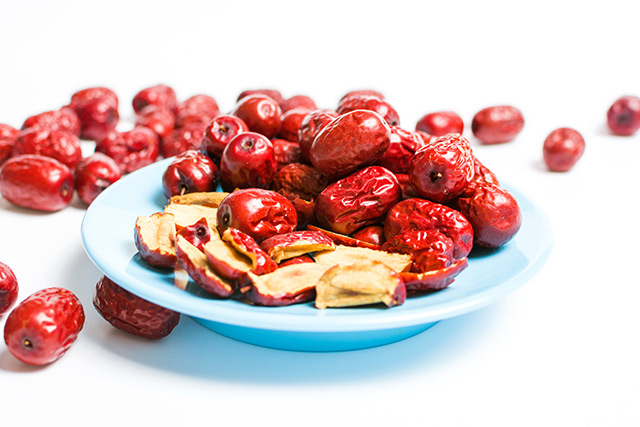Interesting study concludes that eating something sour encourages risky behavior
08/08/2018 / By RJ Jhonson

How do you make someone do something risky? A common answer would be along the lines of “get them drunk.” But researchers, in a study published in Nature.com, discovered that alcohol need not be involved. As it turns out, all it takes is the taste of something sour.
The researchers, Dr. Chi Thanh Vi and Dr. Marianna Obrist at the Sussex Computer Human Interaction Lab, University of Sussex, were interested in the effects of the five basic flavors on human behavior.
“Taste is a dedicated warning system that helps people to make important decisions under risk like ingesting or rejecting a given food,” said Dr. Vi.
Indeed, experts say that your sense of taste works together with your olfactory organs to help you determine whether something is nutritious or potentially toxic. Your behavior towards certain stimuli will depend on whether they taste rancid, pleasant, or tolerable.
The two researchers employed a simple experiment to arrive at their conclusion. They asked 168 participants to inflate a virtual balloon in exchange for a price. Every time they clicked, the balloon grew bigger and their price money increased. The participants could stop at any time and claim their reward, but should the balloon explode, they’d receive no prize money. A randomized algorithm determined when the balloon would pop.
The researchers gave the participants drinks with different flavors before the latter took the test. They discovered that people who drank the sour drink clicked the most number of times – an average of 40 clicks – while those who had the other tastes clicked only an average of 20 to 30 times.
Was the result surprising?
“In a way, yes,” admitted Dr. Vi.
Interestingly, the study indicates that this isn’t merely a cultural thing either. The researchers conducted the test in both the U.K. and Vietnam and obtained the same outcome. What this means is that the behavior is clearly hardwired into the human brain, regardless of race.
The two scientists believe that this has something to do with the nature of the flavor itself. Your brain’s response to it could depend on several assumptions. First, as sourness is largely determined by a substance’s acidity, it could be interpreted as the presence of potentially toxic acidic chemicals. It could also be an indication that a certain food is rotten and is unsafe to eat.
Another model for how you acquire a liking for certain flavors, called flavor-nutrient learning, offers that you create associations between the flavor of a certain food and the nutrients your body will gain from ingesting it. Considering that most citrus fruits, rich sources of ascorbic acid or vitamin C, are sour, you have probably associated sour flavors with the presence of such a crucial antioxidant. This explains why you like certain sour foods despite their flavor also being a warning signal for possible danger. (Related: Citrus fruit may help lower the risk of stroke in women.)
“It could be that by taking that first bite of something sour we are already exhibiting some risk-taking behavior to eat fruit which might not be quite right,” said Dr. Obrist.
The researchers believe their findings can help in building applications that regulate risk-taking behavior. For instance, it could be used in formulating supplements that can help risk-averse individuals overcome their hesitation, take new opportunities, and live a happier, fuller life as a result. On the other hand, their findings may also be used as a basis for the diet that individuals in risky professions (surgeons, firefighters, and pilots, for example) need to follow.
“For example, maybe pilots should avoid sour tastes before flights in bad weather,” Dr. Vi explained.
Both researchers believe that a bigger study needs to be conducted to confirm their findings and determine the exact mechanisms between certain tastes and their effects on the brain.
Learn more about how flavors, chemicals, and other stimuli affect the brain at Brain.news.
Sources include:
Tagged Under: Brain, flavors, human mind, mind body science, research, risky behavior, sour, sour flavor, sour taste, stimuli, taking risks, taste, tastebuds




















